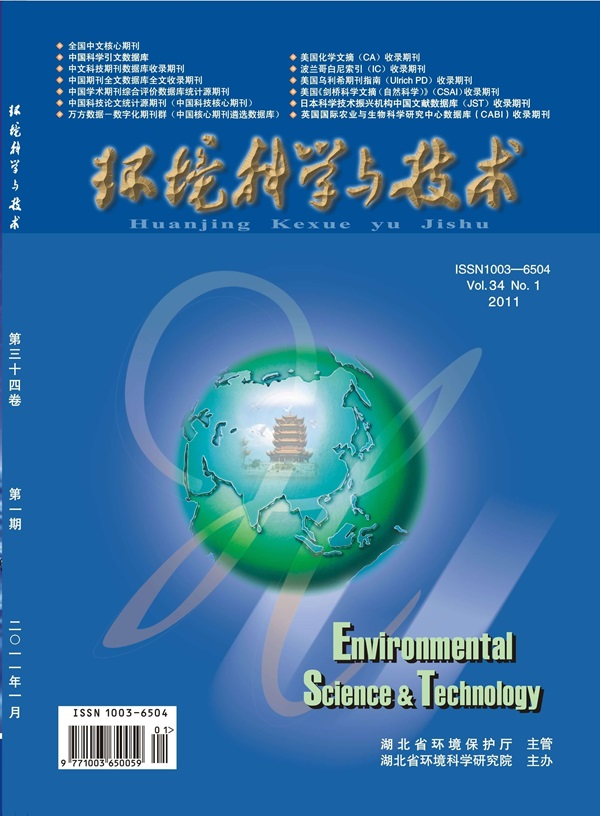Dentin Metal and Trace Elements in Deciduous Teeth: Findings from Project Viva.
IF 10.8
1区 环境科学与生态学
Q1 ENGINEERING, ENVIRONMENTAL
引用次数: 0
Abstract
Deciduous teeth can reveal historical exposure to metals, yet their distribution within populations remains underexplored. This study aimed to characterize metal levels in deciduous teeth, compare measurements across duplicate teeth, and assess associations with maternal blood metal concentrations during pregnancy, while considering maternal and child characteristics. We recruited women into Project Viva between 1999 and 2002 during early pregnancy. During follow-up study visits between 2017 and 2020, the women provided their child's deciduous teeth. Dentin metal concentrations were analyzed using laser ablation-inductively coupled plasma-mass spectrometry, covering a measurement range from 21 weeks before to 55 weeks after birth. Multiple teeth were compared using Bland-Altman plots and cross-correlations. Maternal erythrocyte metals were measured in the first and second trimesters using ICP-MS. Significant positive correlations were found between maternal erythrocyte Pb and child's dentin Pb, particularly with the strongest association observed between second trimester maternal Pb and prenatal dentin Pb (Spearman r = 0.78, p < 0.001). Metal concentrations varied with maternal race, age, income, and smoking status, indicating that these factors influence metal levels in dentin. The study underscores the utility of deciduous teeth in tracking early life metal exposure and highlights how maternal factors can impact these levels.乳牙中的牙本质金属和微量元素:来自活体项目的发现。
乳牙可以揭示金属暴露的历史,但它们在人群中的分布仍未得到充分研究。本研究旨在表征乳牙中的金属水平,比较重复牙齿的测量结果,并在考虑母亲和儿童特征的同时评估怀孕期间母亲血液中金属浓度的关系。我们在1999年到2002年间招募了一些怀孕早期的女性加入Viva项目。在2017年至2020年的随访研究访问中,这些女性提供了孩子的乳牙。采用激光烧蚀-电感耦合等离子体质谱法分析牙本质金属浓度,测量范围为产前21周至出生后55周。使用Bland-Altman图和相互关系对多个牙齿进行比较。采用ICP-MS测定孕早期和孕中期产妇红细胞金属。产妇红细胞铅与儿童牙本质铅呈显著正相关,尤其是孕中期产妇铅与产前牙本质铅的相关性最强(Spearman r = 0.78, p < 0.001)。金属浓度随母亲的种族、年龄、收入和吸烟状况而变化,表明这些因素影响牙本质中的金属水平。该研究强调了乳牙在追踪生命早期金属暴露方面的效用,并强调了母亲因素如何影响这些水平。
本文章由计算机程序翻译,如有差异,请以英文原文为准。
求助全文
约1分钟内获得全文
求助全文
来源期刊

环境科学与技术
环境科学-工程:环境
CiteScore
17.50
自引率
9.60%
发文量
12359
审稿时长
2.8 months
期刊介绍:
Environmental Science & Technology (ES&T) is a co-sponsored academic and technical magazine by the Hubei Provincial Environmental Protection Bureau and the Hubei Provincial Academy of Environmental Sciences.
Environmental Science & Technology (ES&T) holds the status of Chinese core journals, scientific papers source journals of China, Chinese Science Citation Database source journals, and Chinese Academic Journal Comprehensive Evaluation Database source journals. This publication focuses on the academic field of environmental protection, featuring articles related to environmental protection and technical advancements.
 求助内容:
求助内容: 应助结果提醒方式:
应助结果提醒方式:


